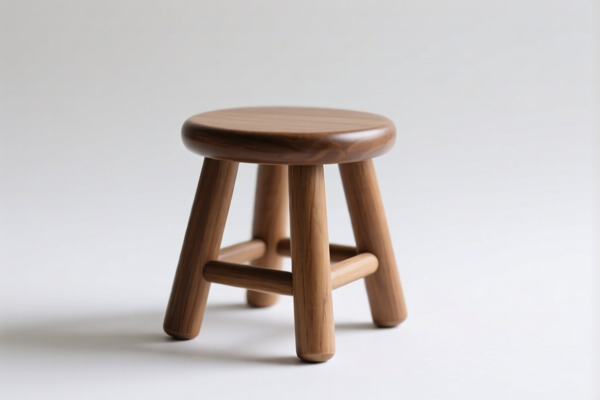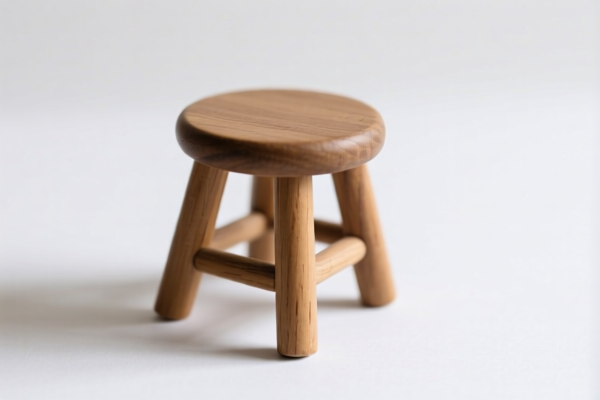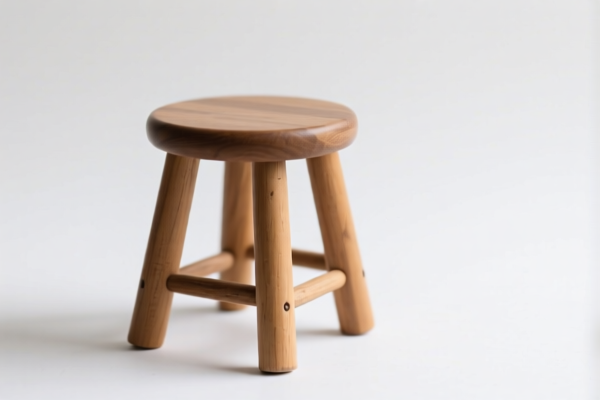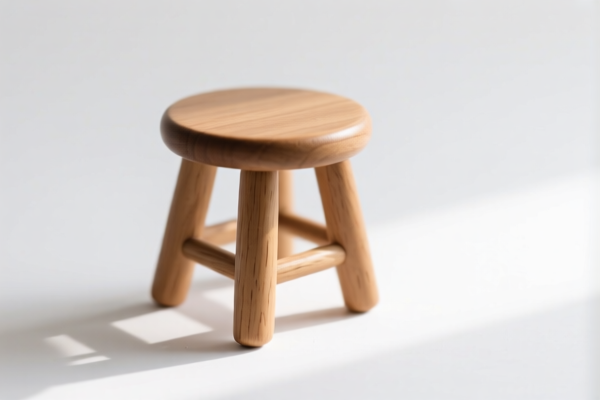| HS Code | Official Doc | Tariff Rate | Origin | Destination | Effective Date |
|---|---|---|---|---|---|
| 9403608093 | Doc | 55.0% | CN | US | 2025-05-12 |
| 9401698066 | Doc | 55.0% | CN | US | 2025-05-12 |
| 9401698090 | Doc | 55.0% | CN | US | 2025-05-12 |
| 3926901000 | Doc | 40.9% | CN | US | 2025-05-12 |
| 3925900000 | Doc | 60.3% | CN | US | 2025-05-12 |
| 4701000000 | Doc | 55.0% | CN | US | 2025-05-12 |




Small Stool
A small stool is a simple seat, typically without a back or arms, and of relatively low height. It is a versatile piece of furniture found in a wide range of settings.
Material
Small stools are constructed from a diverse array of materials, influencing their durability, cost, and aesthetic:
- Wood: A common choice, offering both strength and visual appeal. Hardwoods like oak, maple, and beech are frequently used for their robustness. Softer woods like pine are more affordable but less durable.
- Metal: Steel, iron, and aluminum provide high strength and are often used in industrial or modern designs. Metal stools can be powder-coated for rust resistance and color variation.
- Plastic: Lightweight and affordable, plastic stools are suitable for both indoor and outdoor use. Common plastics include polypropylene and polyethylene.
- Bamboo: An environmentally friendly option, bamboo stools are lightweight, strong, and visually distinctive.
- Stone: Less common, but stone stools (e.g., marble, granite) offer substantial weight and a unique aesthetic, often used as decorative elements.
Purpose
The primary purpose of a small stool is to provide a temporary or supplemental seat. However, its uses extend beyond simple seating:
- Seating: Used as extra seating in kitchens, living rooms, or workshops.
- Footrest: Can serve as a comfortable footrest.
- Side Table: Suitable for holding small items like books, plants, or drinks.
- Decorative Element: Stools can be used as part of interior design, adding visual interest.
- Step Stool (low height): Some stools, particularly those with a stable base, can be used for reaching low shelves.
Function
The function of a small stool is dictated by its design and materials:
- Weight Capacity: The stool’s construction determines the maximum weight it can safely support.
- Stability: A wide base and solid construction contribute to stability, preventing tipping.
- Portability: Lightweight stools are easily moved and stored.
- Stackability: Some stools are designed to stack, saving space when not in use.
- Durability: The material affects resistance to wear and tear, weather, and impact.
Usage Scenarios
Small stools are found in a variety of settings:
- Kitchens: Used at islands or counters for casual seating.
- Living Rooms: Provide extra seating for guests or as footrests.
- Bedrooms: Used as bedside seats or for dressing.
- Workshops/Garages: Provide temporary seating for tasks.
- Outdoor Spaces: Used on patios, decks, or gardens.
- Art Studios/Craft Rooms: Provide seating for artists and crafters.
Common Types
- Bar Stools: Taller stools designed for use at bars or high counters.
- Counter Stools: Slightly shorter than bar stools, for standard kitchen counters.
- Milking Stools: Small, three-legged stools traditionally used for milking cows.
- Folding Stools: Portable stools that collapse for easy storage.
- Step Stools: Low-height stools designed for reaching higher items.
- Ottoman Stools: Often padded and upholstered, used for footrests or extra seating.
- Tripod Stools: Characterized by three legs, offering stability and a minimalist aesthetic.
- Backless Stools: The most common type, simple and versatile.
Based on the provided information, a “small stool” can potentially fall under several HS code classifications, depending on its material and specific characteristics. Here's a breakdown of relevant codes:
- 9403.60.80.93: This code covers “Other furniture and parts thereof: Other wooden furniture: Other Other: Other”. This is applicable if the stool is primarily made of wood. The total tax rate is 55.0%, comprised of a 0.0% base tariff and a 25.0% additional tariff, increasing to 30.0% after April 2, 2025.
- 9401.69.80.66: This code refers to “Seats (other than those of heading 9402), whether or not convertible into beds, and parts thereof: Other seats, with wooden frames: Other: Other: Other Other: Of teak (Tectona spp.): Of plantation-harvested teak”. If the stool is a seat with a wooden frame made of teak harvested from a plantation, this code applies. The total tax rate is 55.0%, with a 0.0% base tariff and a 25.0% additional tariff, increasing to 30.0% after April 2, 2025.
- 9401.69.80.90: This code covers “Seats (other than those of heading 9402), whether or not convertible into beds, and parts thereof: Other seats, with wooden frames: Other: Other: Other Other: Other”. This is applicable if the stool is a seat with a wooden frame, but doesn't fall under the specific teak classification. The total tax rate is 55.0%, consisting of a 0.0% base tariff and a 25.0% additional tariff, increasing to 30.0% after April 2, 2025.
It is important to note that the final classification depends on the stool’s construction and materials.
Regarding HS code 9401.69.80.66, please note the specific requirement for the wood to be teak (Tectona spp.) harvested from a plantation.
Customer Reviews
No reviews yet.